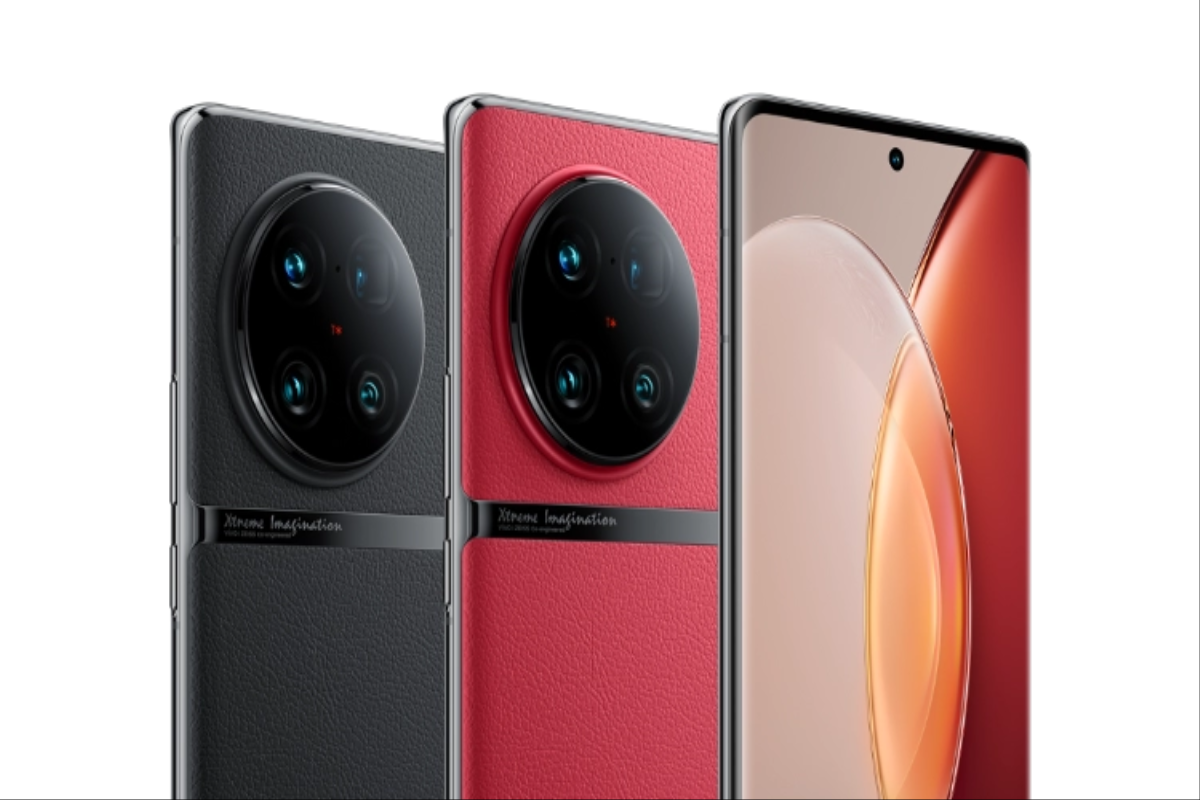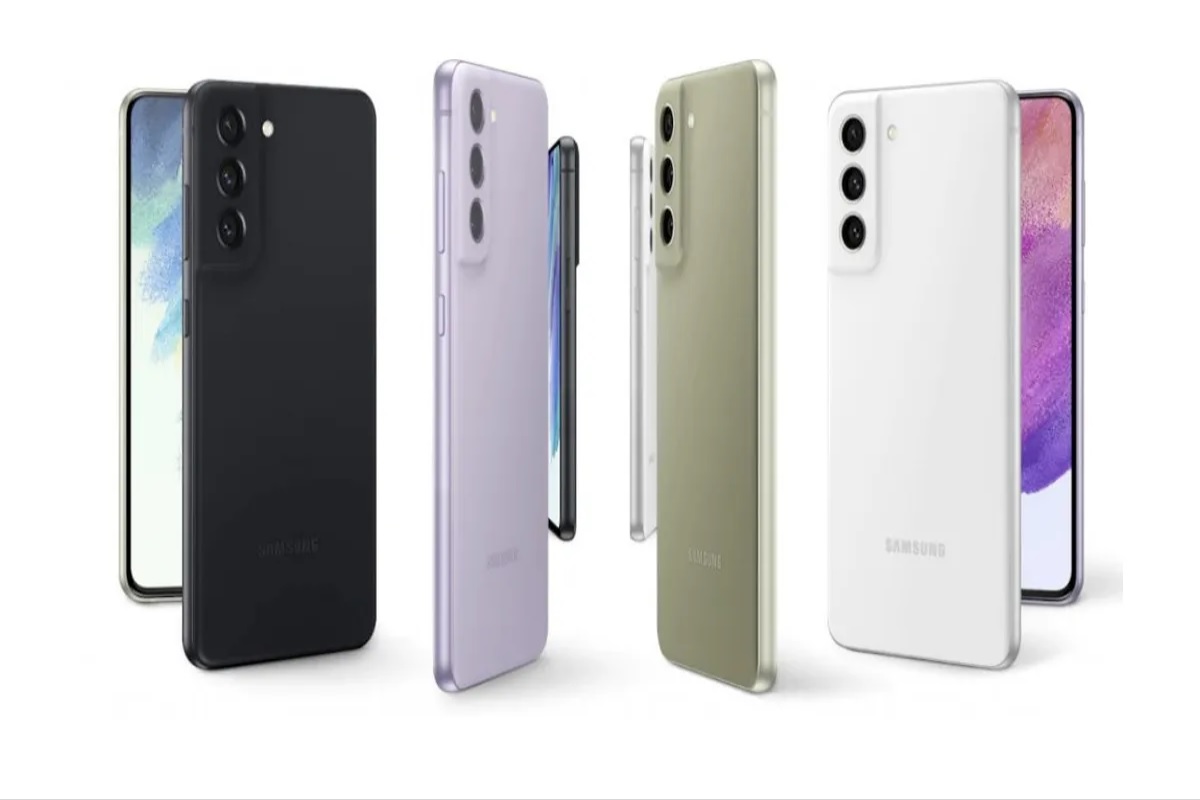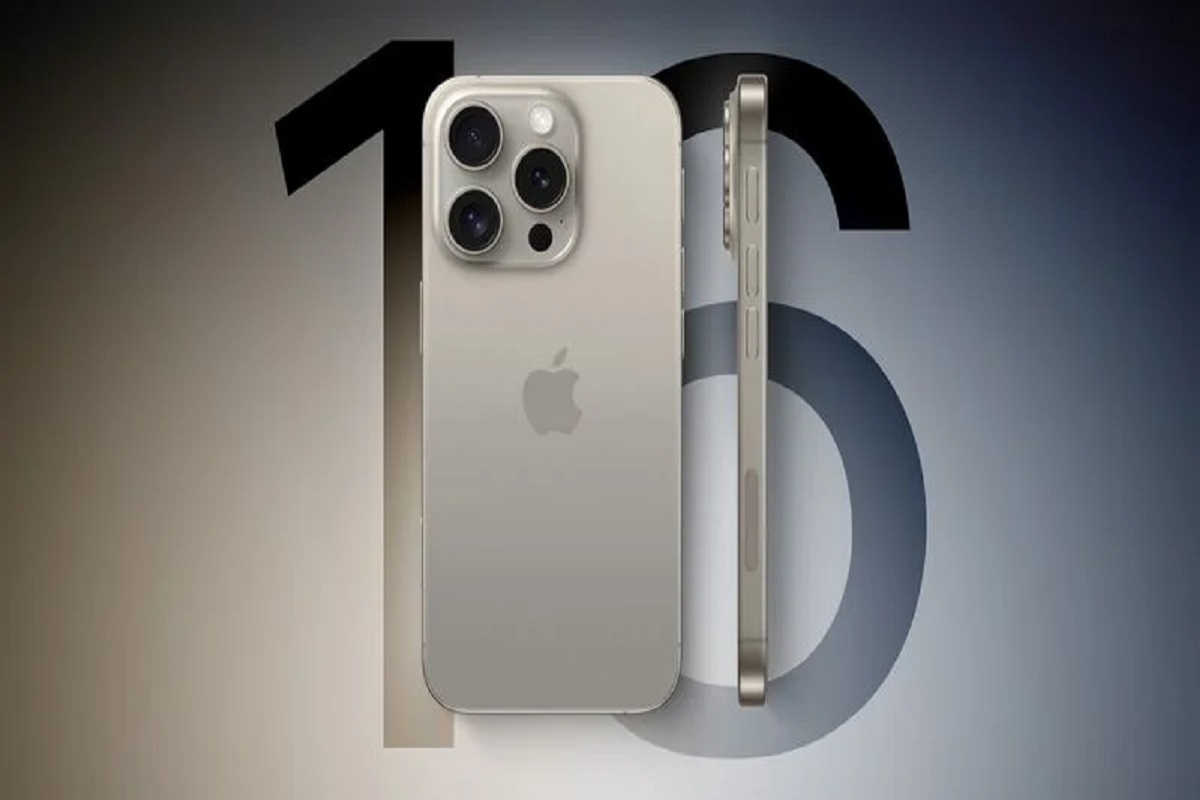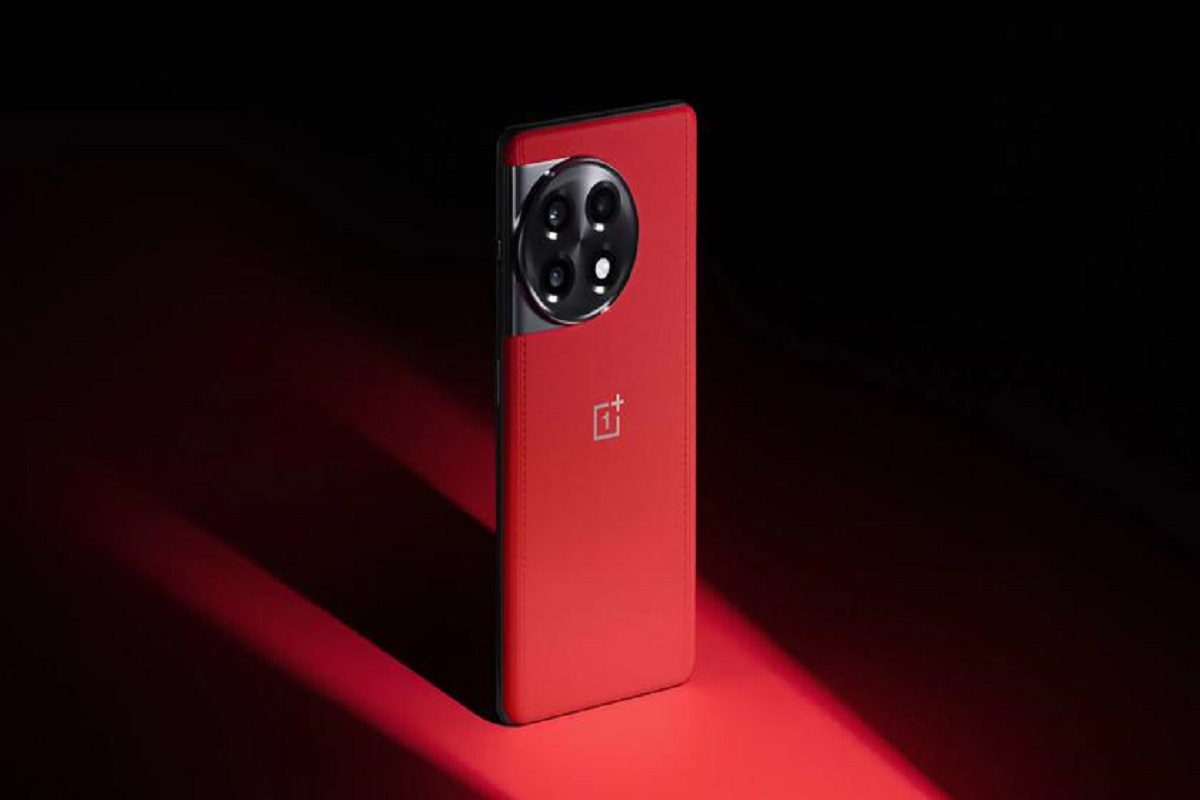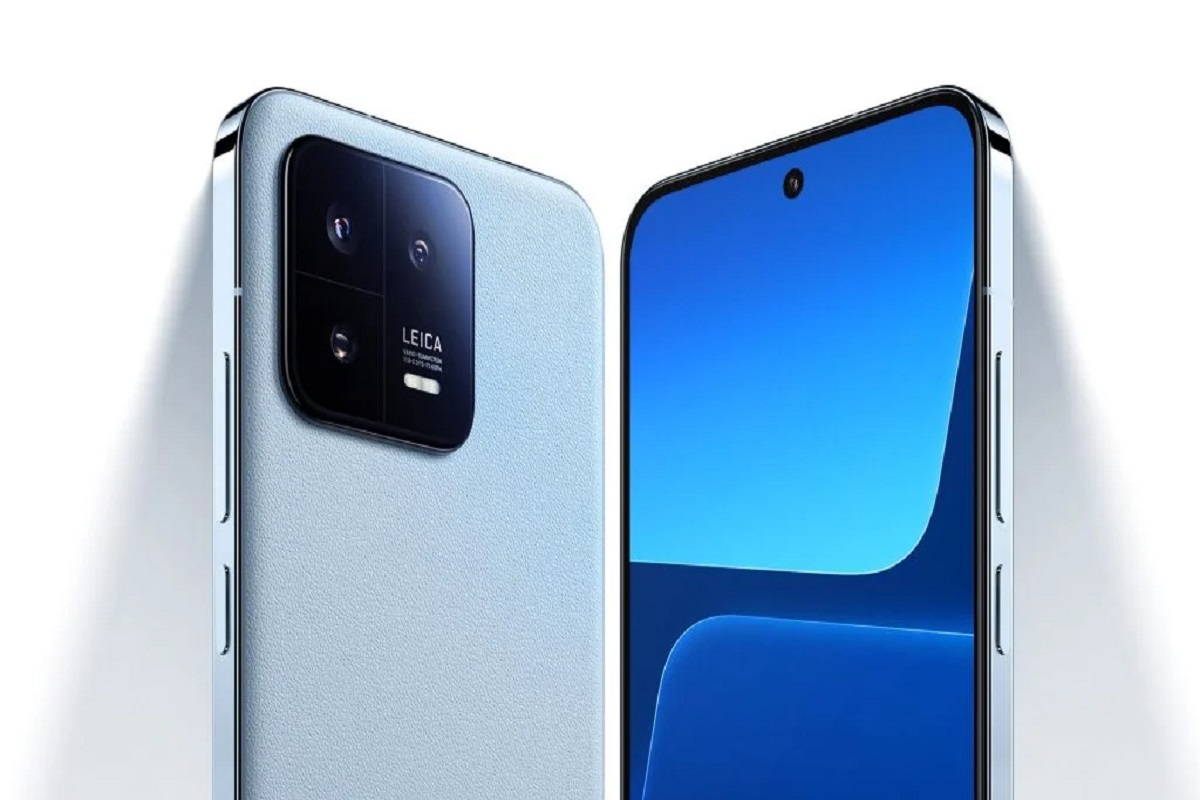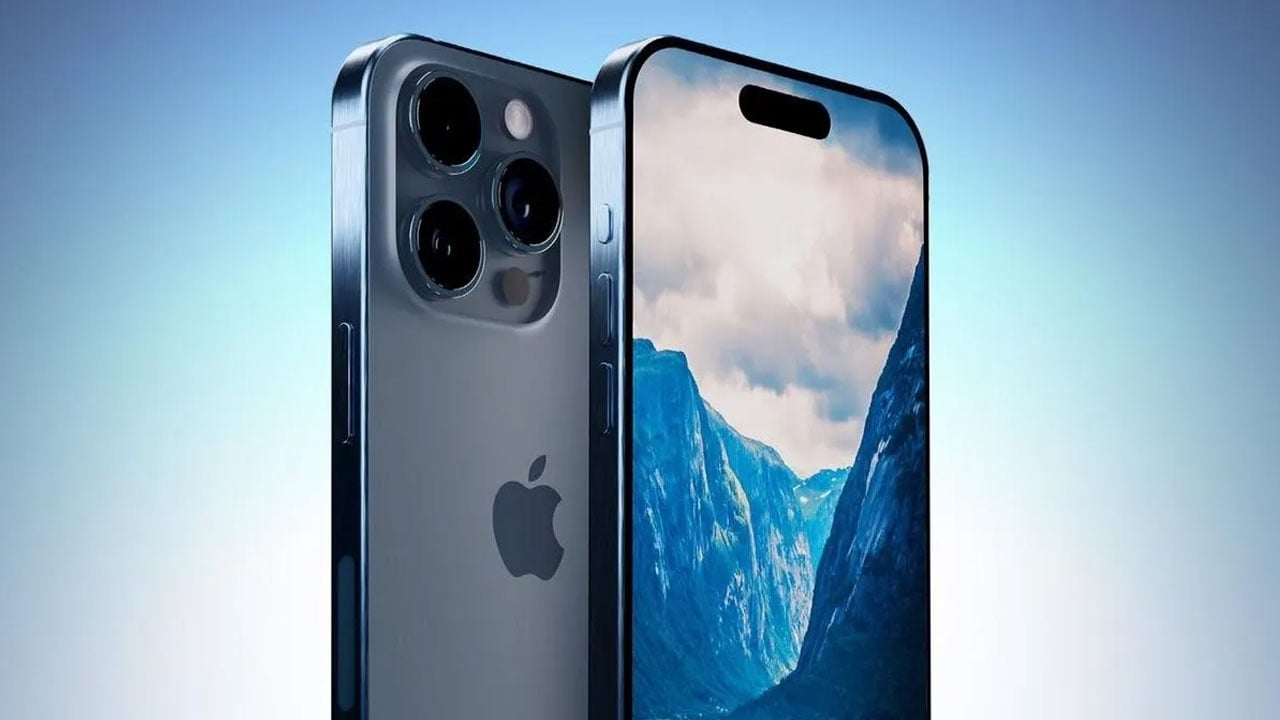The Google Pixel 8 Pro and the Samsung Galaxy S23 Ultra are two highly-anticipated smartphones. Both have unique features and capabilities that make them stand out. In this comparison, we will look at various aspects of these phones to help you decide which one is the right choice for you.
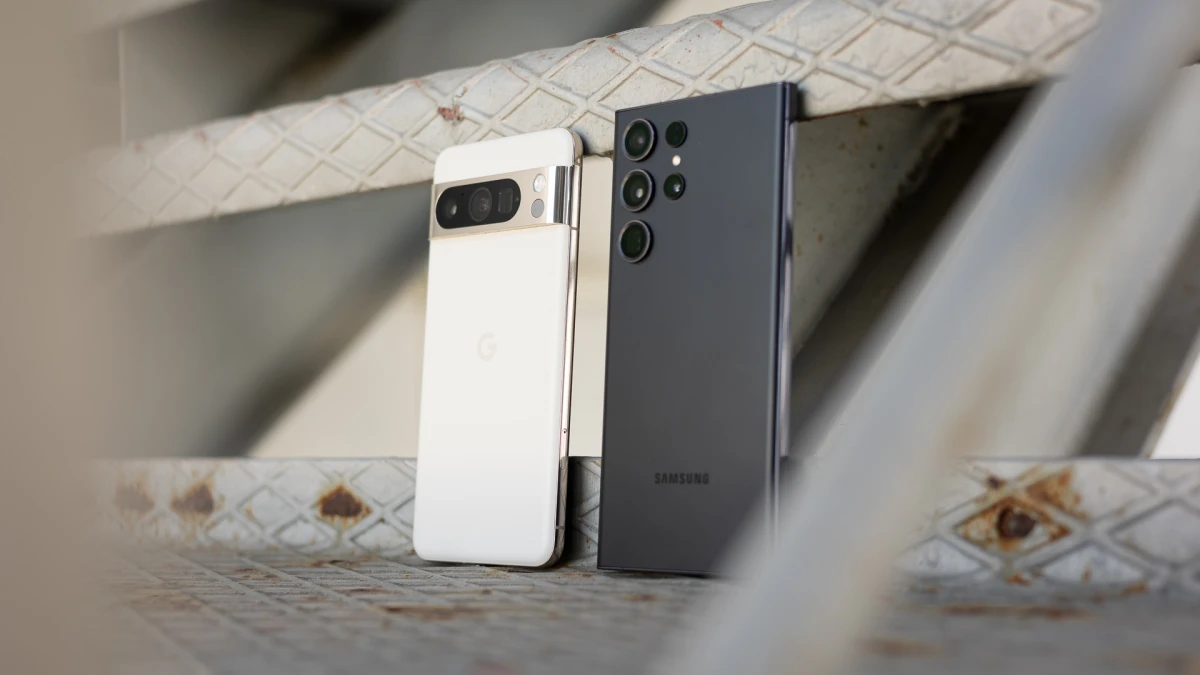
Design and Size
The Google Pixel 8 Pro doesn’t introduce significant design changes compared to its predecessor, the Pixel 7 Pro. It maintains a similar aesthetic but adds a more prominent rear camera strip and slightly curved corners. The device is available in three color options: Bay, Porcelain, and Obsidian.
In terms of size, the Pixel 8 Pro remains almost the same as its predecessor, with dimensions of 163.3 x 78 x 8.9 mm and a weight of 213 grams. It features an aluminum and glass build.
The Samsung Galaxy S23 Ultra, on the other hand, doesn’t skimp on design either. Its design emphasizes raw performance and is slightly larger. The device is powered by the Qualcomm Snapdragon 8 Gen 2 chipset and offers excellent performance, particularly in graphics-intensive tasks.
Performance
The Pixel 8 Pro features Google’s custom Tensor G3 chip, designed to cater to artificial intelligence and machine learning needs rather than raw performance. It’s a 64-bit chip with nine cores, including a prime Cortex-X3 core running at 3GHz. The GPU and TPU cores are also upgraded, promising better gaming performance and enhanced AI and machine learning capabilities.
The Galaxy S23 Ultra, powered by the Snapdragon 8 Gen 2 chipset, focuses on raw performance. It offers excellent overall performance, particularly in graphics-intensive tasks. The device outperforms the Pixel 8 Pro in terms of raw power, making it suitable for demanding users.
Camera Capabilities
Both phones offer impressive camera capabilities. The Pixel 8 Pro comes with a 50MP main camera with a wider aperture, a 48MP ultra-wide camera, and a 48MP 5.0X optical zoom telephoto lens. These improvements promise better low-light performance and overall image quality. The Pixel 8 Pro also includes various software and AI-powered features to enhance the camera experience.
The Galaxy S23 Ultra boasts a 200MP main camera that combines 16 pixels into one, resulting in detailed 12MP images. It also features a 12MP ultra-wide camera, a 3.0X optical zoom camera, and a 10MP periscope camera with 10X optical zoom. The Galaxy S23 Ultra delivers detailed images with natural-looking colors and improved low-light performance.
While the Pixel 8 Pro provides better dynamics and more natural-looking photos, the Galaxy S23 Ultra tends to slightly overexpose images and oversharpen them. The choice between the two phones depends on your preference for photo aesthetics.
Battery Life
The Pixel 8 Pro is equipped with a 5,050mAh battery, offering a similar battery life to its predecessor, the Pixel 7 Pro. Google expects a 31-hour battery life, and the new chip is designed for efficiency. However, it remains to be seen how it performs in custom battery tests. The Galaxy S23 Ultra also features a 5,000mAh battery and surpasses its predecessor in battery life. It outperforms the Pixel 7 Pro in various tests but may face a challenge from the Pixel 8 Pro in custom battery tests.
